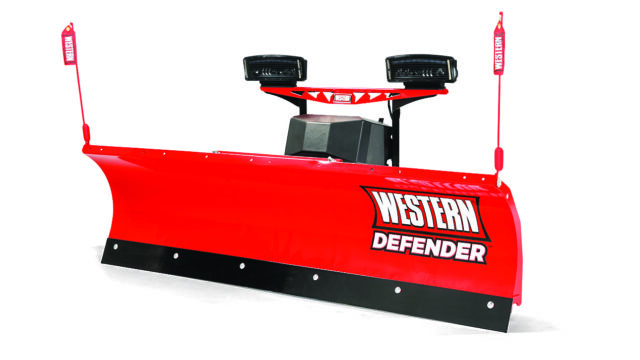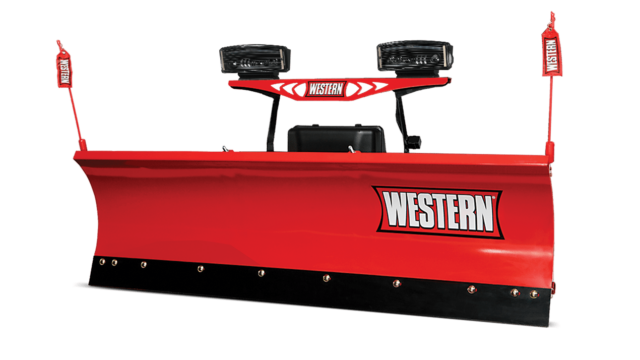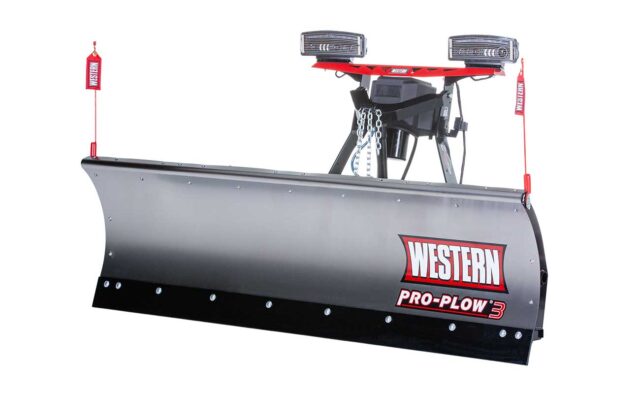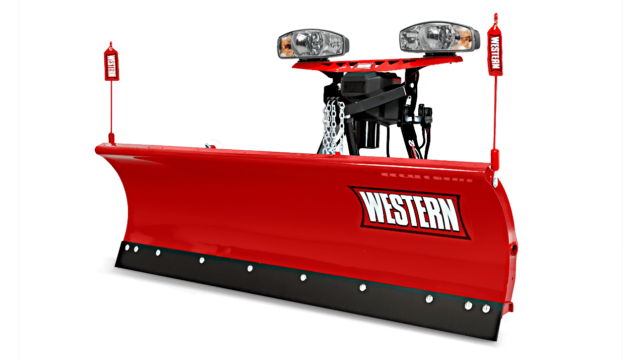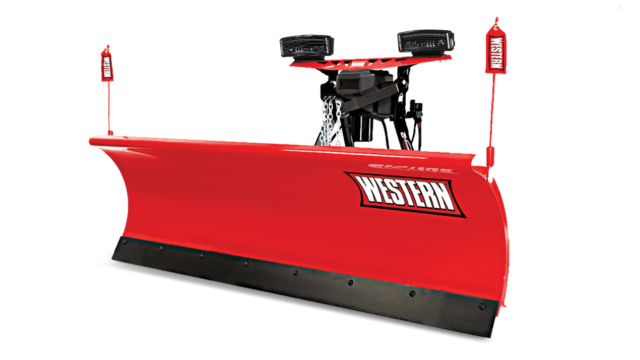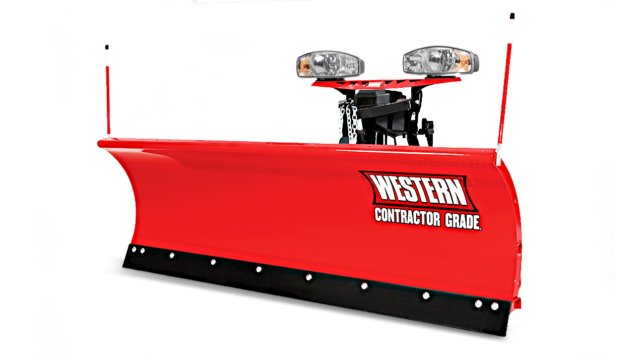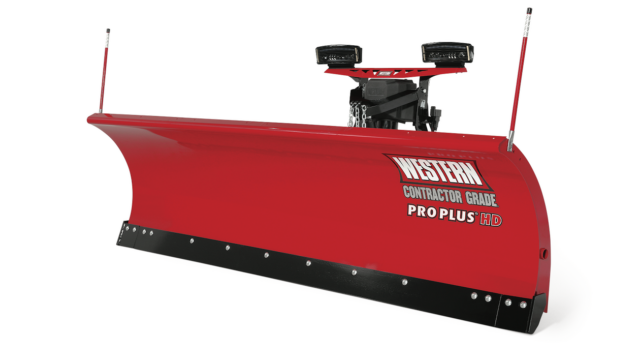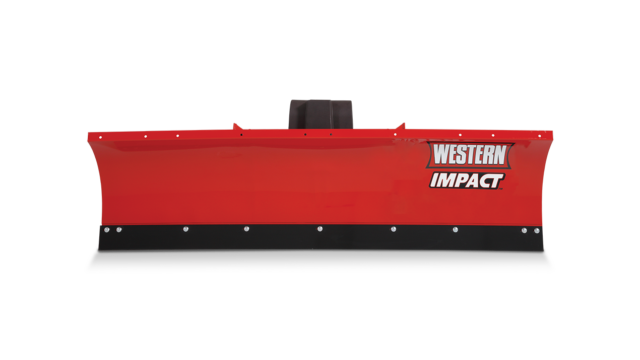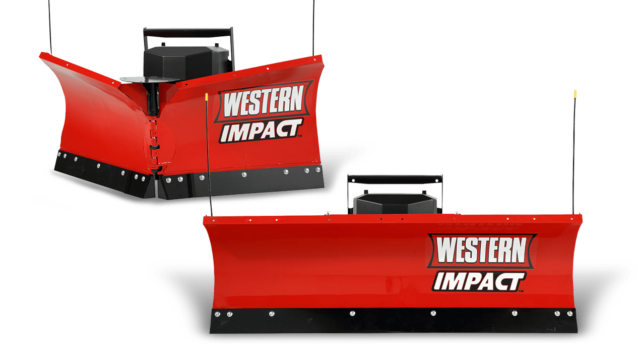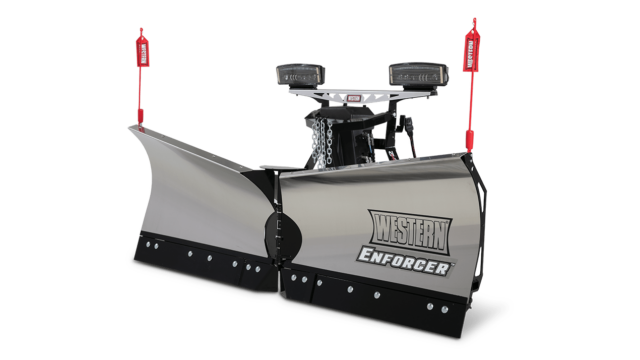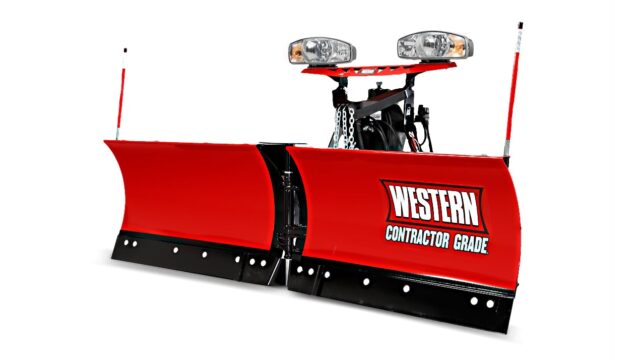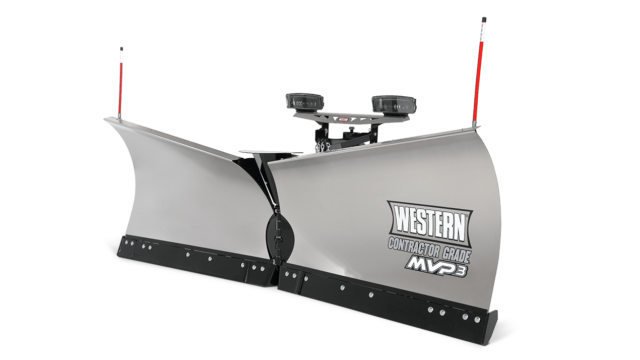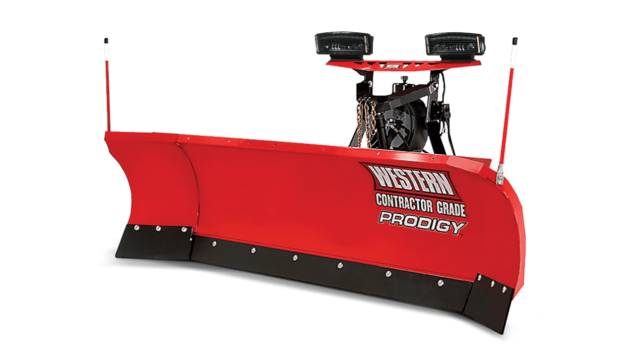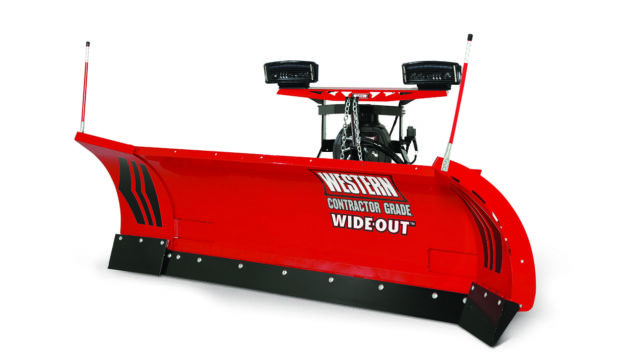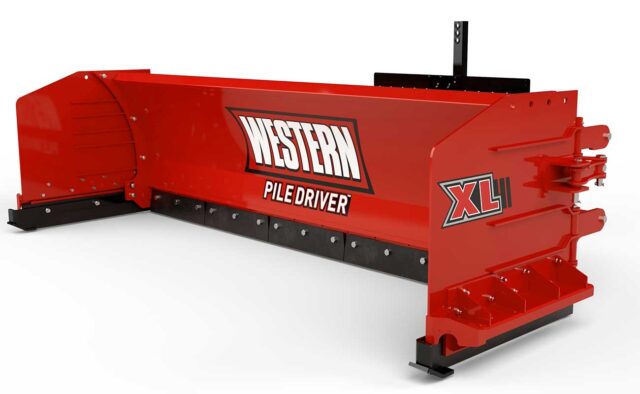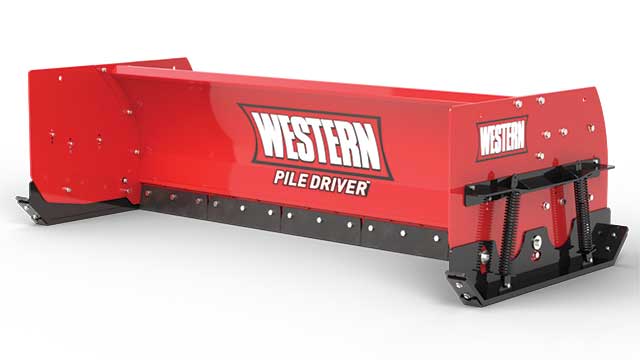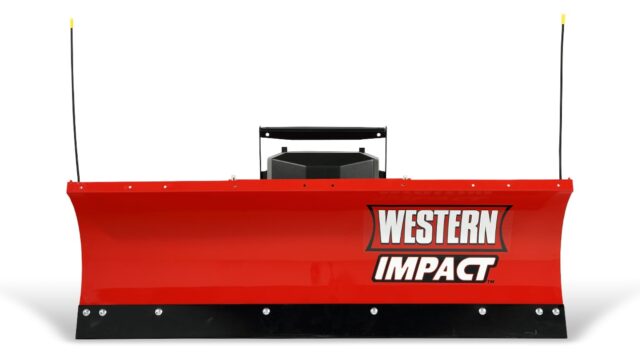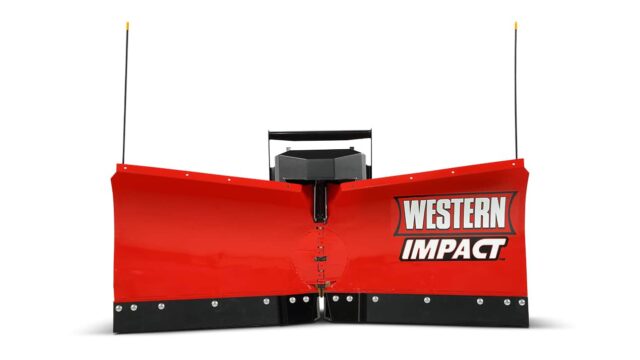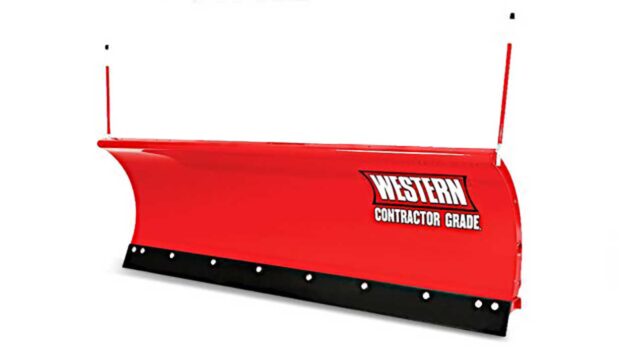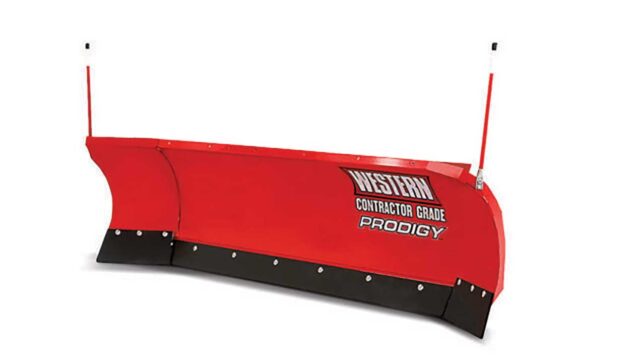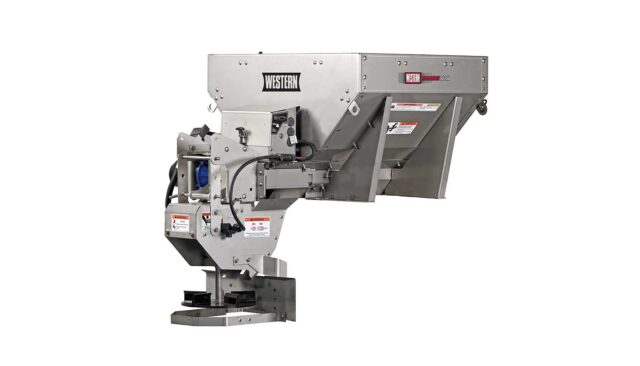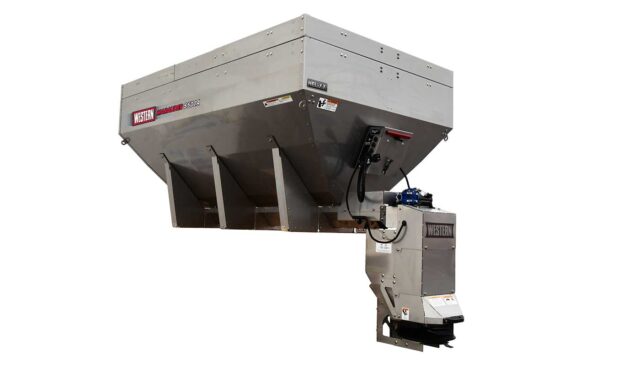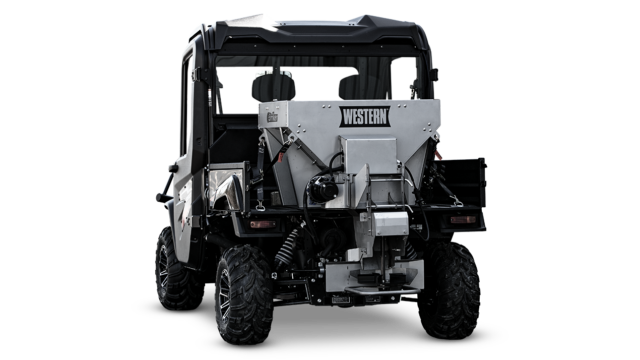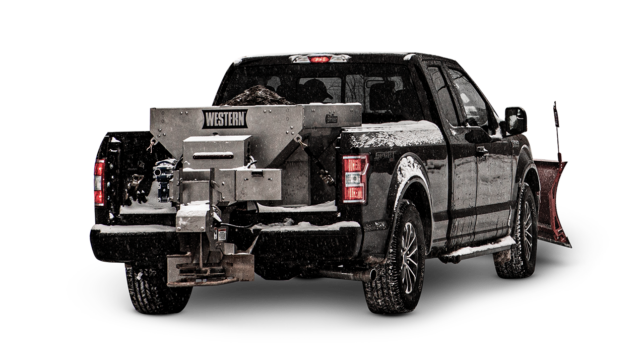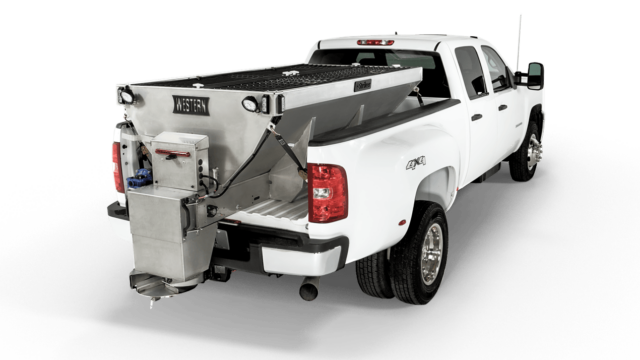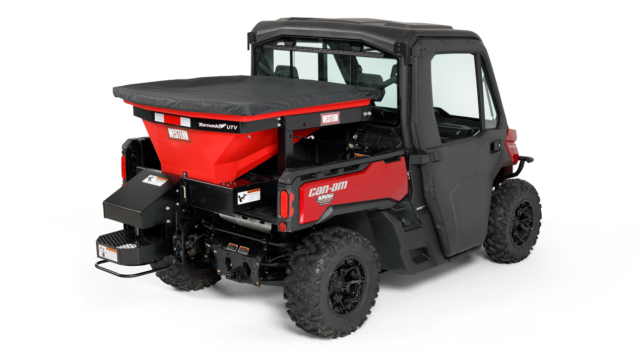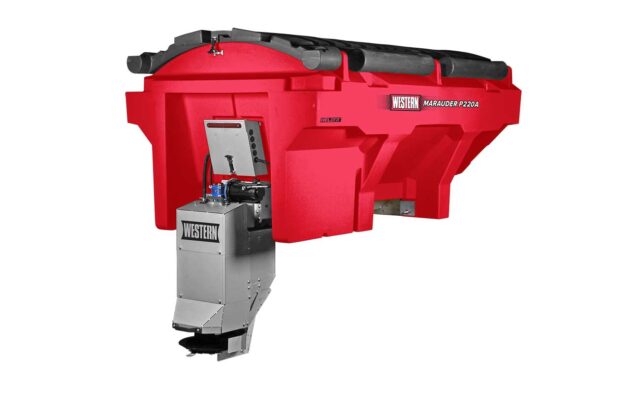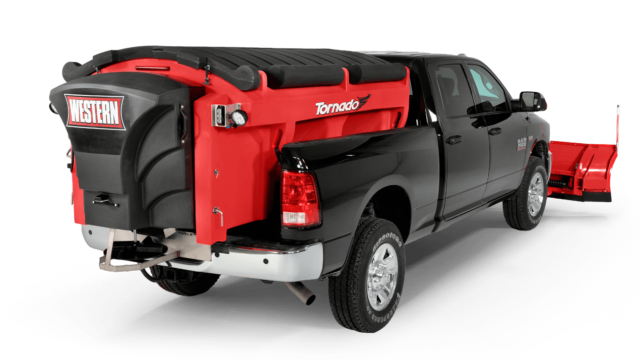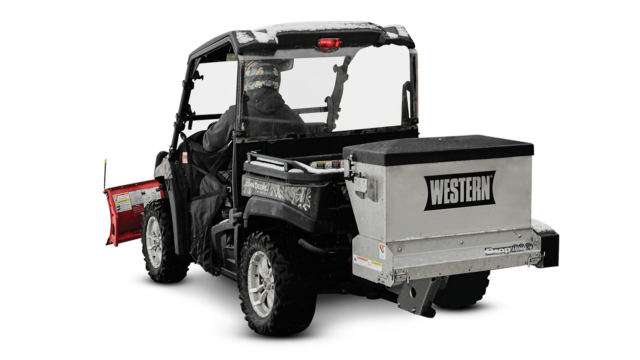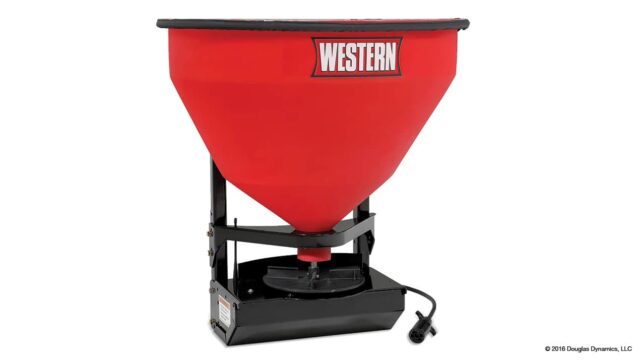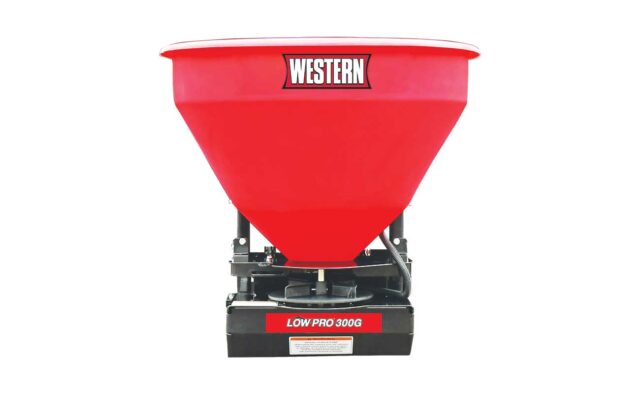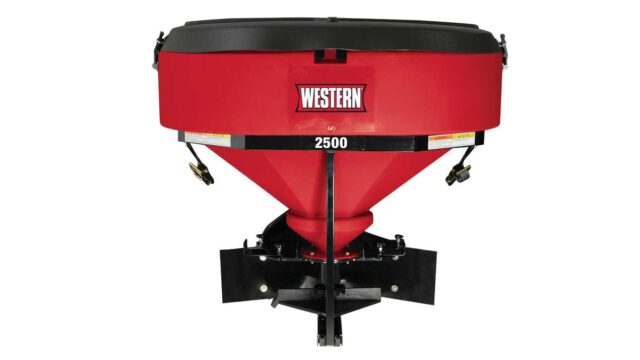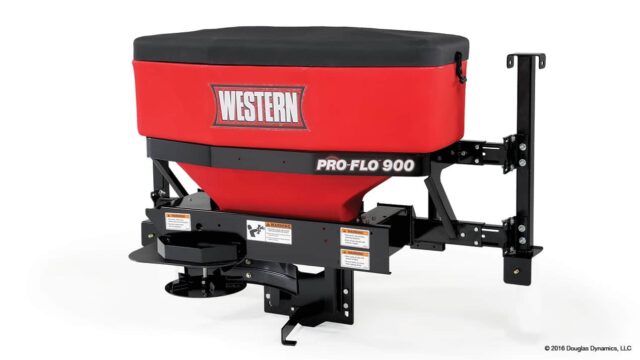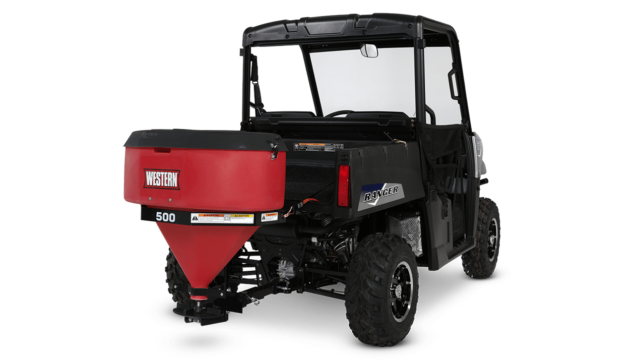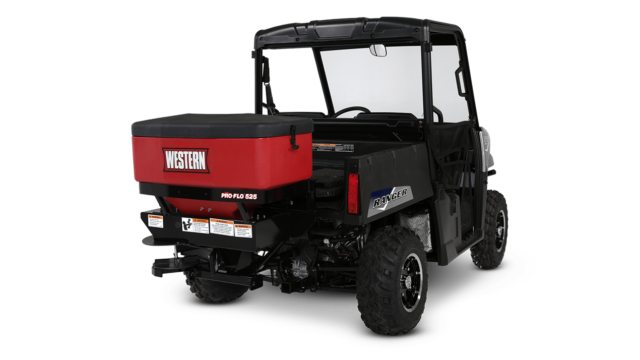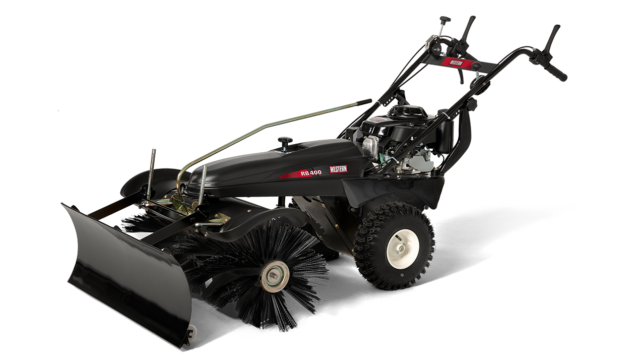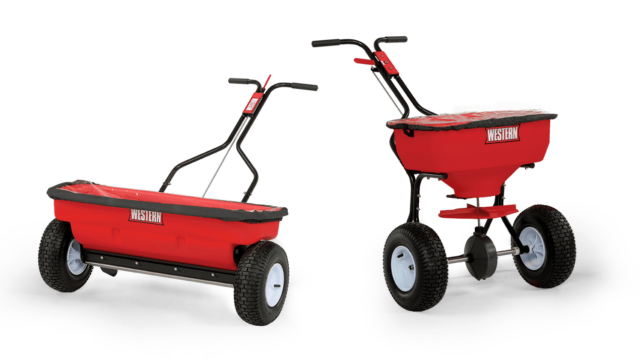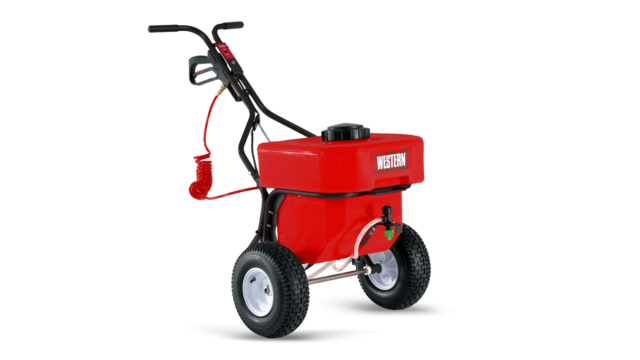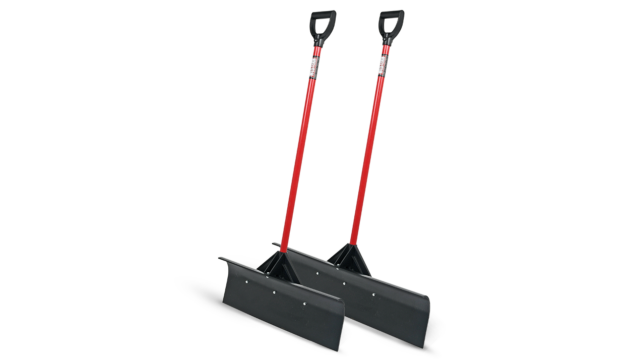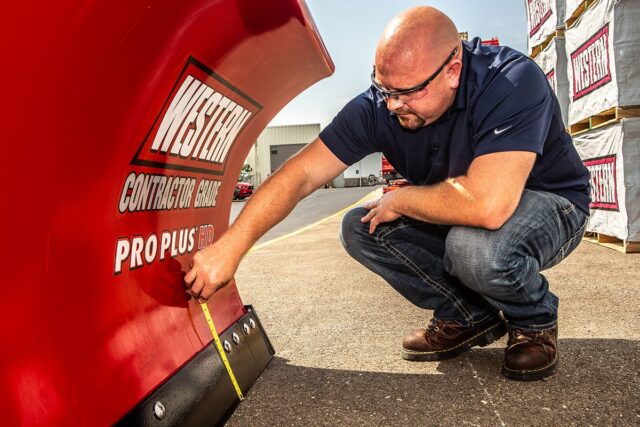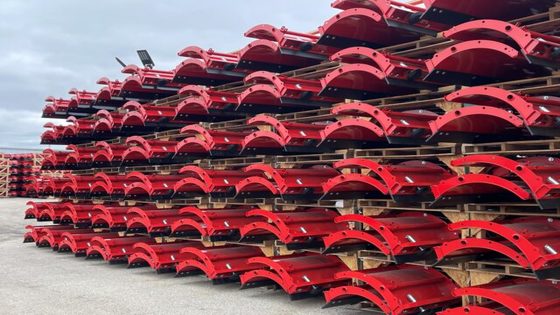Insider Tips on How Contractors Win the Bid & Stay Profitable
Created September 20, 2022
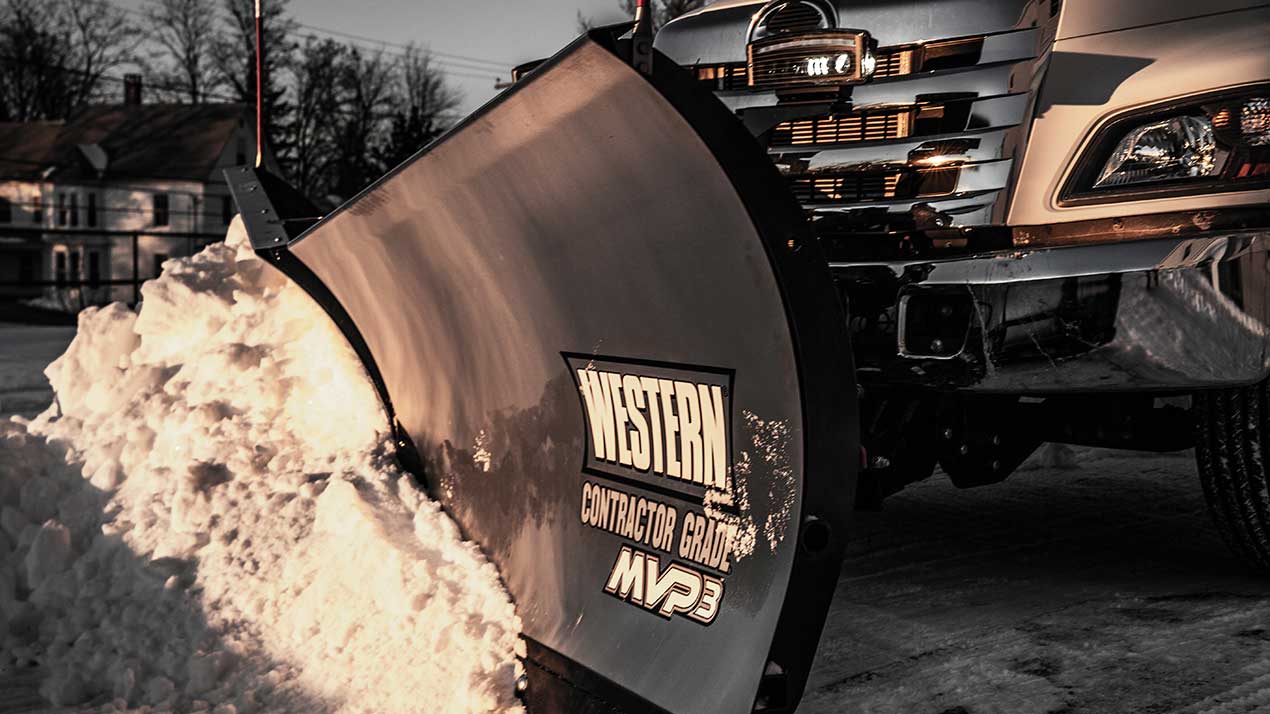
All snow and ice contractors want to know the best way to bid, and of course stay profitable. Unfortunately, there is not one single right answer because it differs from operation to operation. The best way to learn is to look back at past seasons and evaluate what went right and what went wrong. It all comes down to managing contract types, predicting snowfall, and estimating accurate bids to remain profitable. There are tools to help make these bidding decisions easier and utilizing different WESTERN® equipment can maximize your operation’s efficiency to generate more profit.
Predicting Snowfall
Understanding the average amount of snowfall in your area is a major part in estimating accurately. Using weather services like WeatherWorks, NOAA, and Weather Command™ give you an advantage when bidding and choosing contracts. WeatherWorks provides a wide range of weather solutions to ensure you are delivering the best service and maximizing profit. Using multiple services allows you to get the most accurate estimate at what to expect for incoming snow events.
Having access to this data will allow you to bid confidently, for both, salting and plowing services. Take advantage of multiple weather services to compare reports, analyze statistics, and get live updates during snow events to stay prepared and profitable.
Estimating Bids & Software Tools
Many factors play a role in bidding accurately. You’ll want to consider several variables to ensure you are not losing money and charging appropriately for your services. Consider the following:
- Region
- Property Area Inputs
- Equipment Hourly Rates
- Equipment Production Rates
- Equipment Efficiency Factors
- Ice Control Material Rates
- Ice Control Application Rates
- Weather Data
- Contract Options
- Level of Service
Snowbidder is a free estimator tool that plugs in these variables and calculates an accurate amount for what you should be charging for your services.
Using Snowbidder will allow you to get your estimates done faster than the competition. Instead of taking days or weeks to send a bid, you can easily get proposals out in under 24-hours. About 75% of snow proposals are awarded to the first bidder, so using this tool can greatly impact the number of bids you win due to automating this process.
Bidding Timeframe for Snow & Ice Contractors
Even though some might assume the bidding process takes place in fall (right before the season kicks off) it actually starts a lot sooner than that.
Post-Season Review
Experienced contractors start locking in contracts in spring as soon as the prior season ends. This is when your great service quality from the previous season is top-of-mind, and your clients will happily renew their contract.
Managing Your Portfolio
The quicker you can get client contracts set up, the easier it will be for you to put together an action plan. Analyze how the previous season went and decide what to do with your client portfolio. Some accounts may have gone smoothly and require no changes to the contract. Whereas some other accounts may need to be fine-tuned to provide the proper level of service. Lastly, reflect on difficult clients or accounts and determine how you would like to move forward.
Professionally Letting Go of an Account
When an account is giving you more headaches than it is worth, it is time to let it go. There may be better opportunities out there that will be more profitable. The best way to go about firing a client is to be respectful and professional. Even if they were difficult, you could just explain that you can no longer give their account the attention it deserves or that due to demand, your rates are going up (which usually ends in a mutual breakup when they don’t agree to the new price). Just remember, it’s important to be direct and polite because your reputation is important.
Filling The Gaps
If you decide to eliminate clients, now you may have space to add more. Around the same time as you are reviewing your portfolio in spring, you also want to begin thinking about new clients. Start with your loyal customers first and ask them for referrals. This is also the perfect time to recruit some new accounts who may have had bad experiences with their current contractors.
Equipment Evaluation
Winters can be brutal, and your plows and spreaders deserve to be taken care of. After every season, analyze your equipment and decide whether you need to perform regular maintenance and repairs, or if it’s time for an upgrade. Making an investment early can save you a headache down the road when the pressure is on during the season. Having reliable equipment will keep you moving and profitable, while also ensuring safety for your crew.
WESTERN snowplow and spreader accessories can also help make your operation more efficient and get more jobs done faster. Especially with the highest quality equipment. When bidding on a property, your efficiency will be a huge factor in what you need to charge to be profitable. The type of snow and ice control equipment you own may be the one aspect that won the account over the next company.
Wining The Bid
You want to win the bid by the end of summer. This will give you plenty of time to view the property, stake and map out obstacles, and plan for the upcoming season.
Additionally, you can see if you have spots left that can be filled with smaller businesses or residential accounts. Smaller businesses and residential customers tend to wait until fall to look for service. If you already have your big accounts set up, you can add these additional filler accounts in the fall if you have the space.
Note: Google Maps is a great tool to use and is preferred by contractors, images are up to date to accurately show current state of the property.
Winter Service Contract Types
When choosing a contract to bid, the main goal is staying profitable, but you also want to consider the type of customer you are working with and their individual needs. Residential contracts are typically more straightforward and simple. Commercial contracts tend to have more diverse property types and requirements. There are many different contract types that fit these unique needs to stay profitable. You want to diversify your client portfolio, so everyone wins.
Keep in mind, residential customers are paying for service whereas commercial clients are really paying for the insurance of having snow removal. Commercial properties depend on your services to run their businesses and ensure the safety of their employees and customers.
Contract Types Include:
- Per Hour: You charge per hour worked. This tends to be viewed as fair from both contractor and customer perspectives. It can be hard to accurately keep track of travel time, rates of multiple workers, specialized equipment, and materials. Keep in mind that depending on snowfall, there is no guarantee you will be profitable if it is a light snowfall season. This contract also provides unknown to property owners from a budgeting perspective.
- Per Inch: This type of contract is charged on the amount of snowfall that occurs. Other services such as de-icing, snow stacking, and relocation can be included or charged separately. If there is a light snowfall season, you can still profit off these additional services. Keep in mind if it is a heavy winter, this could result in high prices for customers, and they may not see this type of contract as fair. Make sure to state in the contract an agreed upon 3rd party location where snow totals are being measured.
- Per Push: Per push is charged based on the number of visits. This is the most common type of residential contract, as it is easy for a residential customer to verify. The number of equipment and de-icing materials used affects the total cost per push. Depending on the severity of the season, profits can be very high or very low. This may not be a great contract to use for larger properties where a push can be hard to define, and property owners are often located off-site. Keep in mind it may be hard to cover business costs such as travel time, materials, and maintaining equipment if the season has low snowfall totals.
- Flat Rate Seasonal: This is a flat rate that is charged for the entire season and usually paid up front. Other services such as de-icing, relocating, and stacking may be charged for large storms in addition to the set rate. A contractor may want this type of contract to ensure they are making a profit and can cover business costs. Depending on the amount of snowfall, the contractor or customer may feel cheated. It’s important to understand past snowfall averages to come to an agreement on a fair price.
- Adjustable Seasonal: This is an agreed upon price up to a certain amount of snowfall, after that amount is reached an additional fee will be charged. Also, if snowfall is below a certain amount the customer would receive a refund or credit on future services. This can be adjusted based on what you and your customer think to be fair based on historical snowfall data.
- Retainer Plus Service: This type of contract charges the customer a set fee per month and is then combined with another type of contract such as per push, per inch, etc. as those services are performed. Make sure to discuss what is thought to be fair with the customer as the monthly fee.
Not sure which contract type is best for you? Learn more at the Snowfighters Institute with leading educational and networking events for snow and ice management professionals.
In the end, understanding the six contracts and choosing the right one that works for you and your customers will help retain good clients. To best maintain profitability, a blend of contracts will be your best bet. Reflect and evaluate after each season and keep accounts profitable with the help of various tools.
Looking for additional information on bidding? Grow the Bench offers some free classes designed to grow and develop snow professionals
You may also be interested in these additional articles
- How to Determine Where to Pile Snow
- Safe & Efficient Snow Stacking
- Estimating Spreader De-Icing Material
